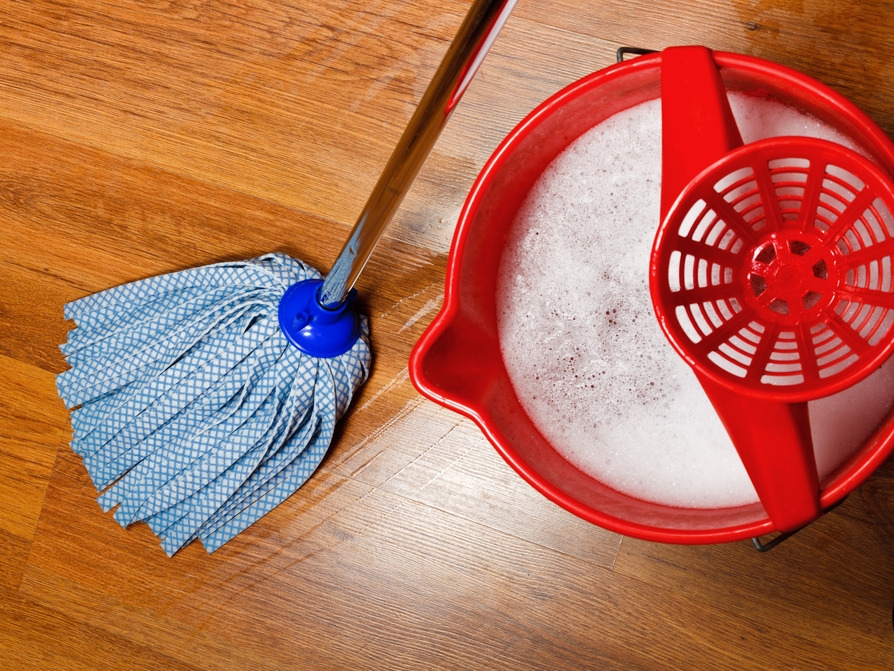Dogs chase kids, pans drop, chairs scrape, and soon you must repair wood floors and erase scratches that make a mess of your red oak or Brazilian cherry. A professional floor refinisher will charge $1 to $4 per square foot to apply a new coat of finish. No worries. We’ve got inexpensive ways to remove wood scratches and repair deep gouges in a few easy steps.
Camouflage Scratches
Take some artistic license to hide minor scratches in wood floors by rubbing on stain-matching crayons and Sharpie pens. Wax sticks, such as Minwax Stain Markers, are great scratch busters because they include stain and urethane, which protects the floor’s finish.
Don’t be afraid to mix a couple of colors together to get a good match. And don’t sweat if the color is a little off. Real hardwoods mix several hues and tones. So long as you cover the contrasting “white” scratches, color imperfections will match perfectly.
Homemade Polish
Mix equal parts olive oil and vinegar, which work together to remove dirt, moisturize, and shine wood. Pour a little directly onto the scratch. Let the polish soak in for 24 hours, then wipe off. Repeat until the scratch disappears.
Spot-Sand Deep Scratches
It takes time to repair wood gouges: Sand, fill, sand again, stain, and seal. Here are some tips to make the job go faster.
- Sand with fine-gauge steel wool or lightweight sandpaper.
- Always sand with the grain.
- Use wood filler, which takes stain better than wood putty.
- Use a plastic putty knife to avoid more scratches.
- Seal the area with polyurethane, or whatever product was used on the floor originally.
- Apply the polyurethane coat with a lambs wool applicator, which avoids air bubbles in the finish.
Fix Gaps in the Floor
Old floorboards can separate over time. Fill the gaps with colored wood putty. Or, if you have some leftover planks, rip a narrow band and glue it into the gap.
Related: Great-Looking, Low-Maintenance Floor
By: Jane Hoback:© Copyright 2015 NATIONAL ASSOCIATION OF REALTORS®

